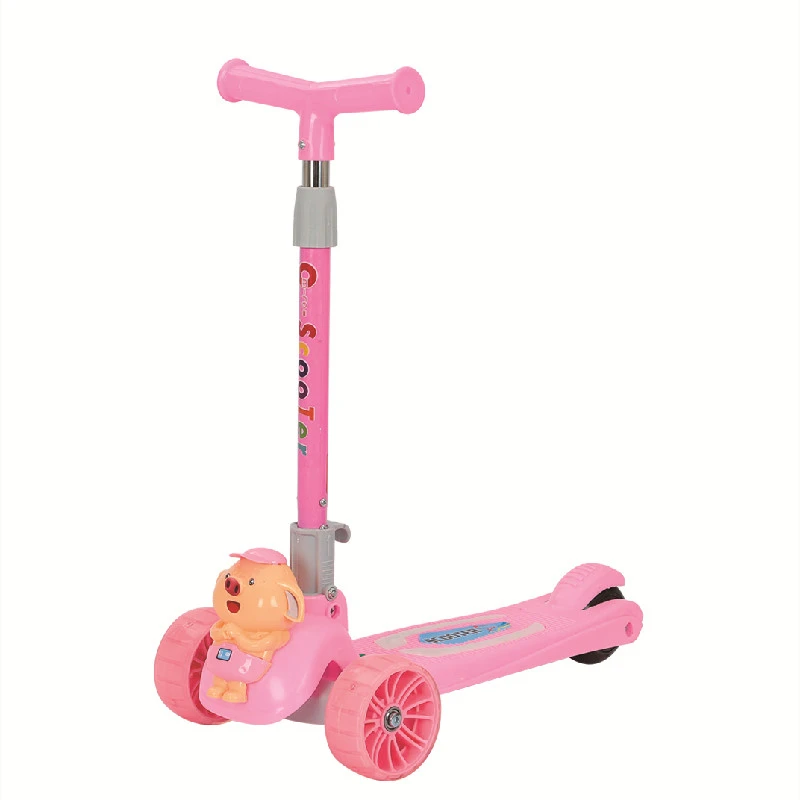Best Tips for Purchasing Your Next Mountain Bike
The Ultimate Guide to Buying Your First Mountain Bike
If you're an outdoor enthusiast or simply looking to explore nature's beauty, buying a mountain bike can open a door to exciting adventures. The thrill of riding over rugged trails, feeling the wind against your face, and experiencing the great outdoors in a new way is incredibly fulfilling. However, with so many choices available in the market today, selecting the right mountain bike can be a daunting task. This guide aims to simplify the buying process for you.
1. Understanding Different Types of Mountain Bikes
Mountain bikes come in various styles, each designed for specific terrains and riding experiences
. The main types are- Cross-Country (XC) Bikes These bikes are lightweight and designed for speed, making them ideal for racing and long-distance rides on smoother trails. - Trail Bikes A versatile option, trail bikes offer a balance between climbing efficiency and downhill stability, making them suitable for a wide range of terrains. - Enduro Bikes These are built for aggressive downhill riding while still being efficient enough to climb back up. They often feature long travel suspension systems. - Downhill Bikes For those who prefer gravity-fed fun, downhill bikes prioritize stability and control at high speeds on steep descents. - Fat Bikes With oversized tires designed for snow or sand, fat bikes allow you to ride in conditions that would otherwise be tricky with standard mountain bikes.
Choosing the right type depends largely on the kind of riding you'll be doing.
2. Frame Material Matters
The material of the bike frame plays a crucial role in performance, weight, and price. The most common materials are
- Aluminum A popular choice for its balance of weight, durability, and price. Aluminum frames offer excellent performance and are commonly found in mid-range bikes. - Carbon Fiber Known for being lightweight and stiff, carbon frames are often found in high-end bikes. They provide superior shock absorption, making them a favorite among serious cyclists. - Steel While heavier, steel frames are incredibly strong and provide a comfortable ride due to their natural flex. They are often found in more budget-friendly options.
Consider your budget and what you propose to use the bike for when selecting frame material.
buy mountain bike

3. Suspension Full vs. Hardtail
Mountain bikes can come with two types of suspension
- Hardtail Bikes Featuring front suspension only, hardtail bikes are typically lighter, less expensive, and more efficient for climbing. They’re great for XC riders and those navigating smoother trails. - Full-Suspension Bikes Offering both front and rear suspension, these bikes provide better control and comfort over rough terrain. They tend to be heavier and more costly but are highly versatile for trail riding.
Your choice between hardtail and full-suspension will depend on your riding style and the variety of trails you plan on tackling.
4. Fit and Comfort
When purchasing a mountain bike, the fit is paramount. A bike that is too large or too small can lead to discomfort and decrease performance. Most manufacturers provide a size chart based on your height. It’s always best to test ride several sizes to determine which one feels right. Pay attention to factors such as saddle height, reach to the handlebars, and overall comfort during a ride.
5. Accessories and Upgrades
Once you have chosen your mountain bike, consider any necessary accessories to enhance your riding experience. Essentials include a quality helmet, gloves, and bike repair kit. Afterward, you may want to think about upgrading components like tires, pedals, or even the seat for improved performance.
Conclusion
Buying a mountain bike is an exciting adventure in itself. By understanding your preferences, the types of bikes, and the importance of fit, you can make an informed decision that enables you to enjoy countless rides in nature. Take your time, do your research, and soon you'll be conquering mountains with a smile on your face!
-
Three-Wheel Light-Up Scooter Benefits for KidsNewsJul.11,2025
-
The Importance of Helmet Safety When Using a Kids ScooterNewsJul.11,2025
-
Nurturing Early Mobility with an Infant ScooterNewsJul.11,2025
-
How to Choose the Safest Tricycle for KidsNewsJul.11,2025
-
Fixing a Squeaky Baby Push Tricycle in MinutesNewsJul.11,2025
-
Cleaning and Maintaining a Tricycle for Big KidNewsJul.11,2025
-
Unleash Fun and Safety with Our Premium Kids Scooter CollectionNewsJun.06,2025








